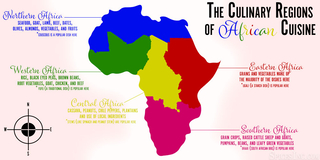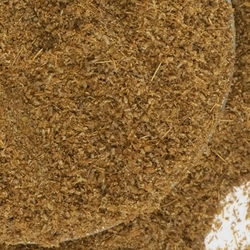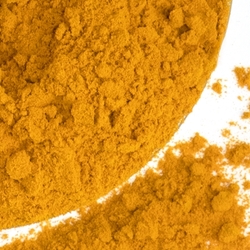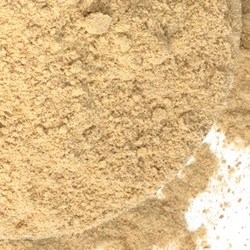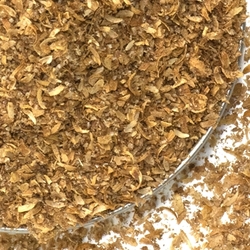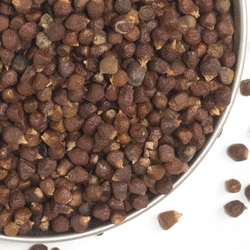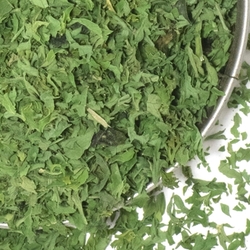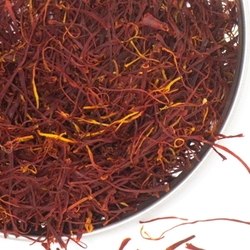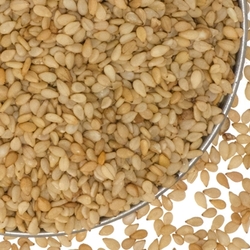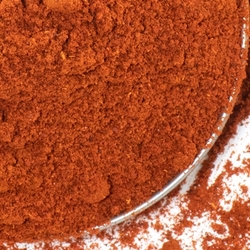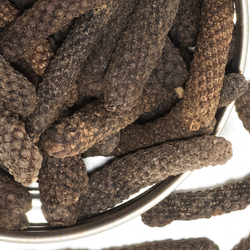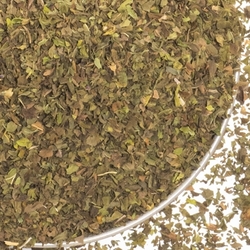The Culinary Regions of African Cuisine
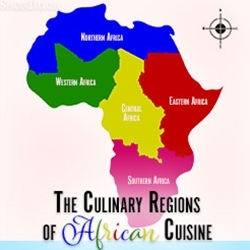
Africa is an extremely diverse continent, being the second largest landmass on the earth. It is perhaps even more diverse than North America, and the many foods found there can also be seen in American cuisine, whether you know it or not. African cuisine can be broken down into a few distinct regions: Northern, Southern, Central, Eastern, and Western Africa. North African cuisine is the most popular of the cuisines in the United States, though touches of the others are gaining popularity too.
With these five regions come food traditions that are linked to both geography and tradition. It is easy to say "African food" but it is much more nuanced than a giant category such as that can really highlight. Appreciating and understanding each region's cuisines will help you gain a better understanding of what foods you may already be eating that have African roots!
Northern Africa
Seafood, goat, lamb, beef, date, olives, almonds, as well as a variety of fruits and vegetables are the most important parts of Northern African cuisine. There are many Muslims in this part of the world, so pork is not an important ingredient when compared to the rest of the world, or even the rest of African cuisine. The most popular dish in America that has come from this cuisine is couscous, which sounds fancy but is simply a teeny little pasta. It's not a grain, despite the common belief that it is. Couscous is also popular in France, where it is eaten frequently as a side.
While many of the Northern African countries have dishes which share names, you will discover that plenty of them are quite different from one another. For example, a "tagine" dish in Morocco is a slow cooked stew while the food that shares this name can be found in Tunisia as something that is much more like a frittata or a quiche. Despite these differences, the spices used in each country's foods are very similar. North African dishes feature cumin, ginger, paprika, cinnamon, peppermint, parsley, coriander and saffron. Turmeric, dried chiles, dried mint, and sesame seeds are also popular spices in Northern Africa.
Southern Africa
Sometimes called "rainbow cuisine," Southern African foods are a made up of a mix of influences from indigenous tribes, European cuisines and Asian cuisines. There were multiple indigenous tribes in Southern Africa, each with their own culture, language, and cooking style. The largest indigenous group was and remains the Bantu group, who grow crops and raise cattle, sheep, and goats. They grow pumpkins, beans, and leafy green vegetables as well. The Khoisan, another indigenous group whose descendants make up a decent amount of today's South Africans, were hunter gatherers. Beer was a huge part of their diet and families were traditionally expected to have copious amount of the alcohol on hand for guests to drink if they were to come by. Beer was usually brewed by women and their status as a housewife would sometimes even be judged on her ability to make beer.
Today South Africans enjoy "braai," or South African barbeque, on the weekends. This meal is usually made up of a lot of grilled meat, which is not too far off from the summer weekend traditions of Americans. Milk has also always been important to the South African diet, and today there are plenty of products there that are similar to those you would see in America.
Central Africa
Central Africans tend to stick to their food roots. Because they have been so centralized, many food trends have been unable to penetrate their culture and cooking habits. People here use primarily local ingredients, except for cassava, peanuts, and chile peppers. Those ingredients have managed to permeate the otherwise rigid food culture of Central Africa. Food staples in this region include cassava, also known as tapioca, and plantains which are a multidimensional food in and of themselves. Plantains can be fried, baked, mashed, and used as an ingredient in many other dishes or simply eaten alone. Starchy foods are also made from the fermented cassava roots and are then served alongside meats. Stews are popular here, from spinach stew and peanut stew to African Vegetable Stew. Beef and chicken are the most common meats consumed, but it is not unheard of to find crocodile, warthog, monkey, or even antelope on the menu.
Eastern Africa
Eastern African cuisine is very interesting, since it is predominantly comprised of starches with much fewer meat options. Cattle, sheep, and goats were historically raised for currency, not for a food source. In certain areas, the milk and blood of the cow may have been consumed but the meat was rarely used for anything. Maize, or corn, is the main ingredient in the hugely popular and common dish ugali, a starch dish that is eaten with stews and meat, if meat is served. In Uganda, a green banana called a matoke is the source of starch for most meals. Doro Wat, or Ethiopian chicken, is a meat-based dish that is eaten with rice and vegetables.
Over time, immigrants have colored the foods of Eastern Africa. These immigrants were predominantly Arab, British, Indian, and Portuguese. The Arabs contributed steamed rice and spices like saffron, cloves, and cinnamon. The British and Indians brought vegetable curries and lentil soups, while the Portuguese were more exotic with their additions of chiles, pineapples, and domestic pigs which could be slaughtered.
Western Africa
Fufu is a traditional dish in Western Africa, with many people considering it the most important. Maize, being an ingredient in fufu, is a common ingredient in Western Africa. Couscous is also popular here. Palm wine is an important part of Nigerian cuisine. It is an alcohol made of the sap from various palm trees and is enjoyed at special ceremonies like weddings but can also be found consumed in the everyday. The seeds of the Guinea Pepper, also known as Grains of Paradise, come from traditional West African plant that are ground or used whole as a spice. Rice, black eyed peas, brown beans and root vegetables such as yams are also important ingredients in the cuisines of West Africa, which has begun to change over time. Meat has become increasingly consumed alongside salt and fat. This is a stark contrast against the traditional diet of native palm oils and an abundance of leafy greens. Goat is often the meat of choice, but you may also find chicken and beef offered. Western Africa continues to embrace many of their cultural rituals that center around food and drink, despite this shift in food preferences. Water is an especially valuable and honored resource. If you are a guest in a West African home, expect to be first greeted with a glass of water and a smile. This is something very unlikely to ever change.
African cuisines in general are beginning to gain popularity across the globe. The foods of Africa are colorful, flavorful, and easily replicated from simple ingredients. The wide variety of grains, meats, and vegetables consumed in Africa means there is a meal for everyone to enjoy, it's just waiting to be discovered.

